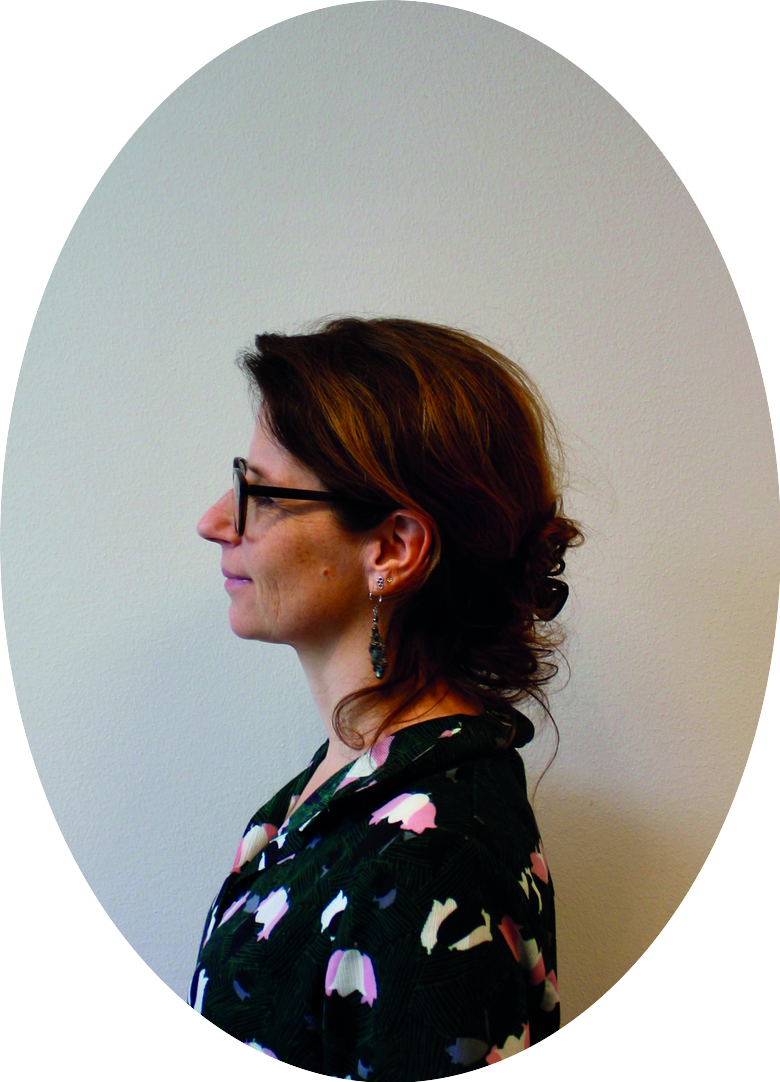


Annemie Ploeger’s (Developmental Psychology) question
Dear Hilde,
I remember a lecture (probably given by you) in which data were shown that were pretty remarkable. The data showed that autistic traits declined in people diagnosed with autism as they grew older, while people in the healthy population showed an increase in these traits. In the end, the two lines seemed to intersect, which would imply that people with and without autism are equally autistic at some point. I found this very fascinating! Since you have been researching this, I have two questions: Have you found this pattern in your own project? And how could you explain this pattern?
Annemie
Hilde Geurts’ (Brain and Cognition Psychology) answer
Dear Annemie,
Thanks for the question. I guess the data you are referring to is the cognitive data. While self-report autism characteristics are not by definition increasing in the general population and it is also not evident, yet, how at an older age the self-reported autism characteristics change in older autistic adults, the findings regarding specific cognitive patterns seem to follow the pattern you refer to. Indeed, even with such an intersection. We observed such a pattern in three different cognitive domains: visual working memory, visual information learning and theory of mind. Recently, other research groups have observed such a pattern for some cognitive domains. However, these findings (including ours) are all based on cross-sectional data. One explanation could be that this is an artefact of the cross-sectional method as the older cohort might be a different group as compared to the younger group for a couple of reasons. For example, we have to take into account the so-called “healthy survivor effect”. The life expectancy of autistic adults is lower than the general population so the adults included in our older group might be the relatively healthy ones. A second explanation might be the change in diagnostic criteria. The first step is to see whether we can replicate these findings in a longitudinal study. This is where we are currently working on. One argument for the different aging patterns could be that autistic adults use a different (and perhaps larger set of) cognitive strategies to solve a particular task as compared to the general population. If the general population relies on a specific cognitive function that is sensitive to cognitive decline, there might be a decline in task performance as they never learned alternative strategies. Autistic adults might have alternatives or did not rely on this specific cognitive strategy in the first place to solve a specific task. Again this is something that needs to be tested. Some argue that because society is not autism-friendly, autistic people need to adjust all the time to a non-optimal environment. This in a sense can be considered a “free” cognitive training. Free between quotes as this constant adaptation also comes with costs, but that is yet another topic. So hopefully in a couple of years from now, I have a better answer to your question.
Hilde
Hilde Geurts’ question is for Machteld van den Heuvel (Work and Organisational Psychology)
Dear Machteld,
Your research focuses on how employees stay happy and healthy at work particularly when faced with change (including flexible work practices). This seems currently, due to the COVID-19 situation we are in, highly relevant for all of us. Now I know it is always hard to translate research findings to actual policies, but what is your advice for us. Which job-related resources are of importance to ensure that we stay happy and healthy regarding work?
Hilde

Annemie Ploeger’s (Developmental Psychology) question
Dear Hilde,
I remember a lecture (probably given by you) in which data were shown that were pretty remarkable. The data showed that autistic traits declined in people diagnosed with autism as they grew older, while people in the healthy population showed an increase in these traits. In the end, the two lines seemed to intersect, which would imply that people with and without autism are equally autistic at some point. I found this very fascinating! Since you have been researching this, I have two questions: Have you found this pattern in your own project? And how could you explain this pattern?
Annemie

Hilde Geurts’ (Brain and Cognition Psychology) answer
Dear Annemie,
Thanks for the question. I guess the data you are referring to is the cognitive data. While self-report autism characteristics are not by definition increasing in the general population and it is also not evident, yet, how at an older age the self-reported autism characteristics change in older autistic adults, the findings regarding specific cognitive patterns seem to follow the pattern you refer to. Indeed, even with such an intersection. We observed such a pattern in three different cognitive domains: visual working memory, visual information learning and theory of mind. Recently, other research groups have observed such a pattern for some cognitive domains. However, these findings (including ours) are all based on cross-sectional data. One explanation could be that this is an artefact of the cross-sectional method as the older cohort might be a different group as compared to the younger group for a couple of reasons. For example, we have to take into account the so-called “healthy survivor effect”. The life expectancy of autistic adults is lower than the general population so the adults included in our older group might be the relatively healthy ones. A second explanation might be the change in diagnostic criteria. The first step is to see whether we can replicate these findings in a longitudinal study. This is where we are currently working on. One argument for the different aging patterns could be that autistic adults use a different (and perhaps larger set of) cognitive strategies to solve a particular task as compared to the general population. If the general population relies on a specific cognitive function that is sensitive to cognitive decline, there might be a decline in task performance as they never learned alternative strategies. Autistic adults might have alternatives or did not rely on this specific cognitive strategy in the first place to solve a specific task. Again this is something that needs to be tested. Some argue that because society is not autism-friendly, autistic people need to adjust all the time to a non-optimal environment. This in a sense can be considered a “free” cognitive training. Free between quotes as this constant adaptation also comes with costs, but that is yet another topic. So hopefully in a couple of years from now, I have a better answer to your question.
Hilde
Hilde Geurts’ question is for Machteld van den Heuvel (Work and Organisational Psychology)
Dear Machteld,
Your research focuses on how employees stay happy and healthy at work particularly when faced with change (including flexible work practices). This seems currently, due to the COVID-19 situation we are in, highly relevant for all of us. Now I know it is always hard to translate research findings to actual policies, but what is your advice for us. Which job-related resources are of importance to ensure that we stay happy and healthy regarding work?
Hilde


